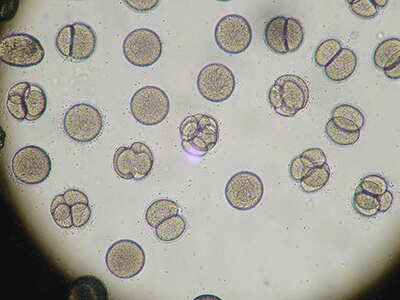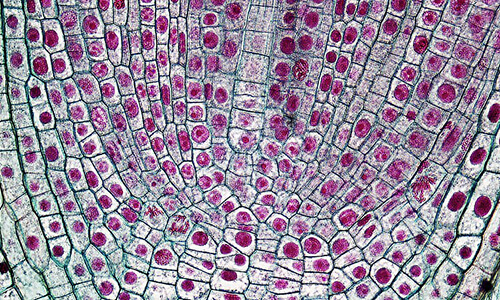This is a lesson summary. The full lesson can be viewed by purchasing an online course subscription.
Learning Objective
In this lesson we will learn about the process of cell division in unicellular and multicellular organisms.
Learning Outcomes
By the end of this lesson you will be able to:
- Explain why cell division takes place in unicellular and multicellular organisms.
- Give an overview of the process of cell division by mitosis.
- Compare parent cells with daughter cells resulting from mitosis.
- Explain what a cancer cell is.

(Image: PxFuel)
Lesson Summary
- Cell division involves the formation of two daughter cells from one parent cell.
- For unicellular organisms, cell division is a means of reproduction, known as binary fission, which results in two identical organisms.
- For multicellular organisms, cell division occurs for growth and repair (mitosis), and for producing reproductive cells (meiosis).
- DNA replication is the process by which two identical DNA molecules are produced from one parent DNA molecule.
- It takes place prior to cell division.
- Cell division involves the formation of new cell membrane that divides the parent cell in two.
- In plants and bacteria, it also involves the formation of new cell wall.
- In multicellular organisms, cell division occurs most rapidly as an individual develops and grows, but continues throughout an organism’s life as most cells have a limited lifespan and need to be replaced.
- Mitosis also takes place to repair the body after injury or disease.
- Cancer cells are a type of cell where mitosis continues unchecked, often resulting in growths called tumours.

Dividing cells in an onion root tip.
(Image: Berkshire Community College Bioscience Image Library, Wikimedia Commons)
(Header image: Sebastian Kaulitzki, Adobe Stock)
